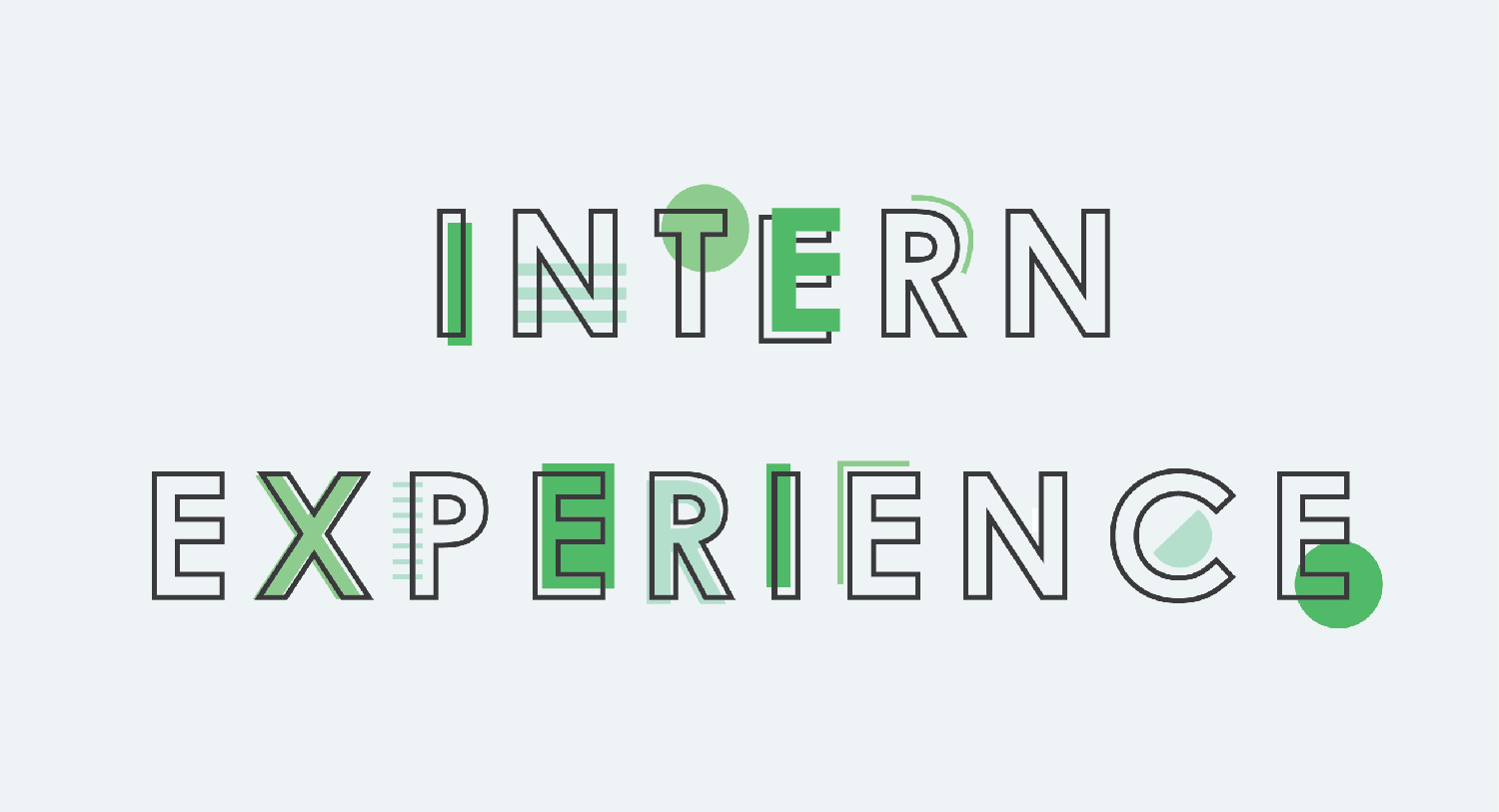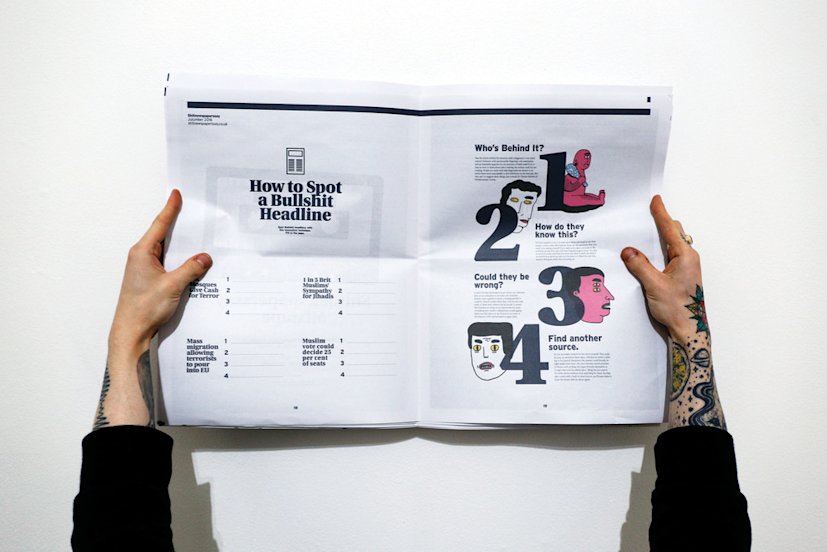Article
Tom’s Top Tips for Design Students

In this article I’m going to cover my experience as an intern at Edenspiekermann Berlin, but mainly how I ended up here and a list of things that, in retrospect, I think were extremely useful in preparing me for the whole thing.
I also want to emphasize that this is completely from my own experience as a recent graduate from the UK. While it may not translate exactly into your own situation, I hope some of it will be of benefit to people about to head into this chapter of their lives.
How I got here
I studied BA Graphic Design at Nottingham Trent University, and graduated in June 2016. I had an interest in brand design throughout the course, which kind of manifested itself in my final year through identity, brand creation and editorial design projects.
I was looking at internships in London and Berlin mainly, but also applied for a few in other places around England and Europe. I’d been to Berlin a few times and knew I definitely wanted to move here at some point in the next few years—it just happened a lot sooner than expected.
My first contact with ESPI came when my university organized a trip to Berlin in April last year. We visited a few design studios in the city, and one of them was Edenspiekermann! Then in June, when university was drawing to a close and the internship hunt began, I saw an opening on their website.
I applied and had an interview over Skype. A few days later, Brexit happened. I’d made a newspaper for one of my projects called Shitnewspaperssay and I sent it over while waiting for a response, which I think helped to neutralize the effects Brexit may have had on my application.

I got a response, and got the internship! I started in August so everything happened really fast.
It is important to note that it although it sounds like it all fell into place for me, this really wasn’t the case. Searching for internships and jobs is like a 9-5 job in itself, and can become extremely disheartening when you don’t hear anything back. But remember that this is completely normal and things will work out (if you keep being persistent!)
The actual internship
The thing I was most surprised about was how much of a direct impact the interns at Edenspiekermann get to make on projects. It’s a great feeling seeing ideas you develop from a tiny sketch evolving into actual concepts and being discussed with clients. Also, seeing projects you worked on/had an input on out in the real world is just surreal.
All in all, the internship was fantastic, but note: 3 months fly by.
My advice for design students
I think when students read articles like these it has the potential to seem so far away from where they are in that moment that it leaves them with a feeling of impending doom. I remember finishing my second year feeling so unprepared for the last part of the course, and wishing I’d put way more effort in from the start.
So in this section I want to focus on what, in retrospect, I see as the key things that helped prepare me for this internship, and what people in similar situations can do. To give a bit of context, I also include how these vague points translated into my own experience.
DISCLAIMER: This is massively over-simplified advice (and at times chaotic rambling) because it’s such a huuuuge topic. The danger is just listing the things that worked in my situation and telling people that THIS is the definitive list of exactly what they NEED to do, which I think can confuse/unsettle people even more.
For me, the best advice and insights come from taking in a variety of viewpoints from people in the design world, and speaking face to face with them. Let that influence (but not dictate) how you approach your work in university. Which leads me to my first point…
Go to design related things
Guest lectures, design bookstores/shops, studio visits, events...
Even if it isn’t directly related to the work you want to do, going to a guest lecture is extremely useful. Hearing designers, illustrators, etc. talk firsthand about their experiences and how they got in their position makes it easier to imagine how you could do something similar. Basically, it makes the work you see online feel real and doable.
You’d also be surprised at how willing designers are to help you. Just drop them an email if you have any questions or would like some advice on your work; you’ve got nothing to lose. Worst case scenario? They never reply because they’re buried in a mountain of work.
In my experience…
We had some great guest lectures at my university from a wide range of designers across different disciplines, including Jonathan Barnbrook, Dalton Maag, Alan Kitching, signpainter Mike Meyer, as well as from studios like MultiAdaptor and Kind Studio.
Outside of university it was great being in a city with an up-and-coming print scene, with events like Raw Print holding talks from independent publications such as Union, Weapons of Reason, Delayed Gratification, Mouldmap and more. There was also a new risograph studio, Dizzy Ink, which gave people a new medium to explore in their projects. The independent print store Ideas on Paper opened up the world of print to me and had a massive impact on the work I produced in my final year.
In short, taking influence from your surroundings has a much bigger impact on the work you produce than scrolling through Pinterest ever will.
Do projects you feel passionate about
Basically, just follow what really interests you and see where it takes you. Why? Because it’s fun, and gives your projects a different edge. And it makes talking through your portfolio so much easier; the passion will transfer into the way you talk about your projects when it comes to interview situations.
In my experience…
For the research phase of a ‘Rebrand your University’ project, I ended up booking £30 6am return flights Berlin, spending two days in a €10 a night hostel to look at how the universities here brand themselves.
Although it was a lot of effort, the insights I got were far better than if I’d stayed in the studio for those two days.
It doesn’t have to be as specific or as extreme as this, but a random batshit crazy idea that ties into your projects is something I recommend.
To summarize
I wanted this article to provide some context to the confusing transition from design student to intern by sharing my own experience. It isn’t a definitive 10-point list, and I didn’t want it to be. However, I truly believe that if you just do what you love doing and find a way to integrate it into your work, the rest will take care of itself. So do that.
__Header image by Quendoline Jansen.__